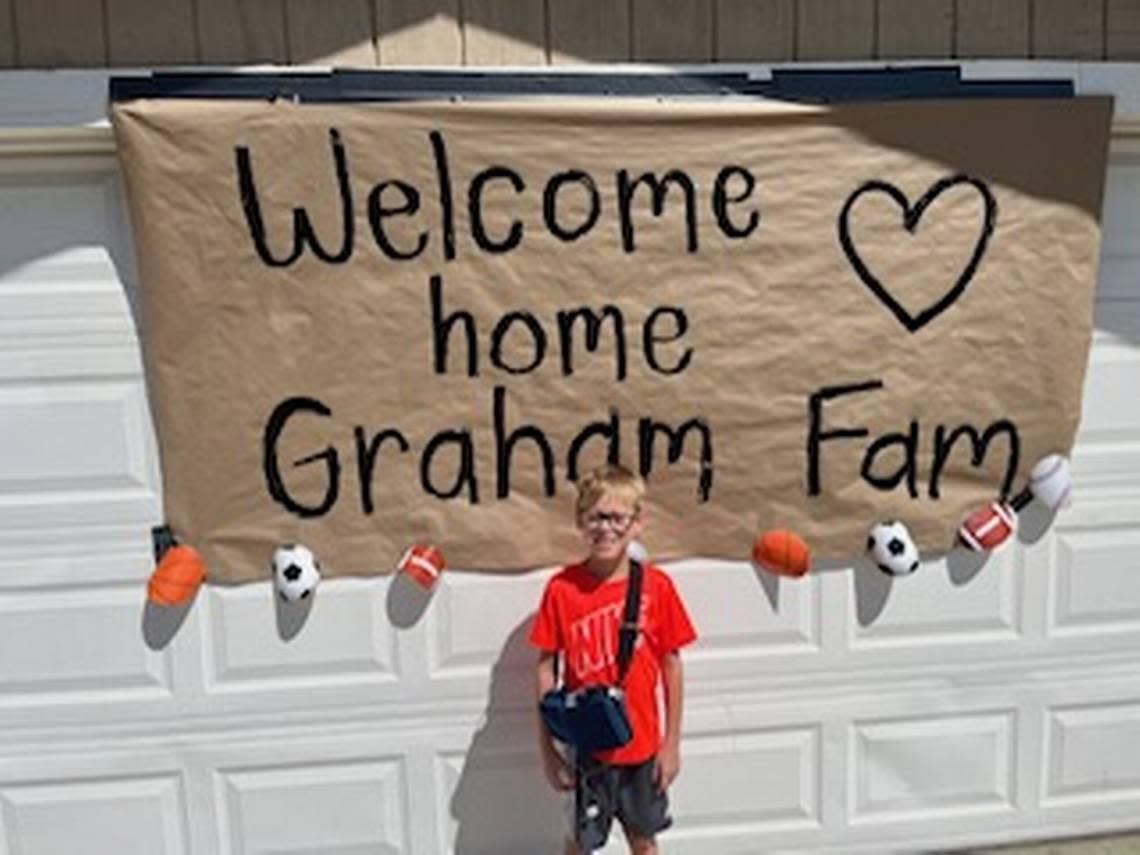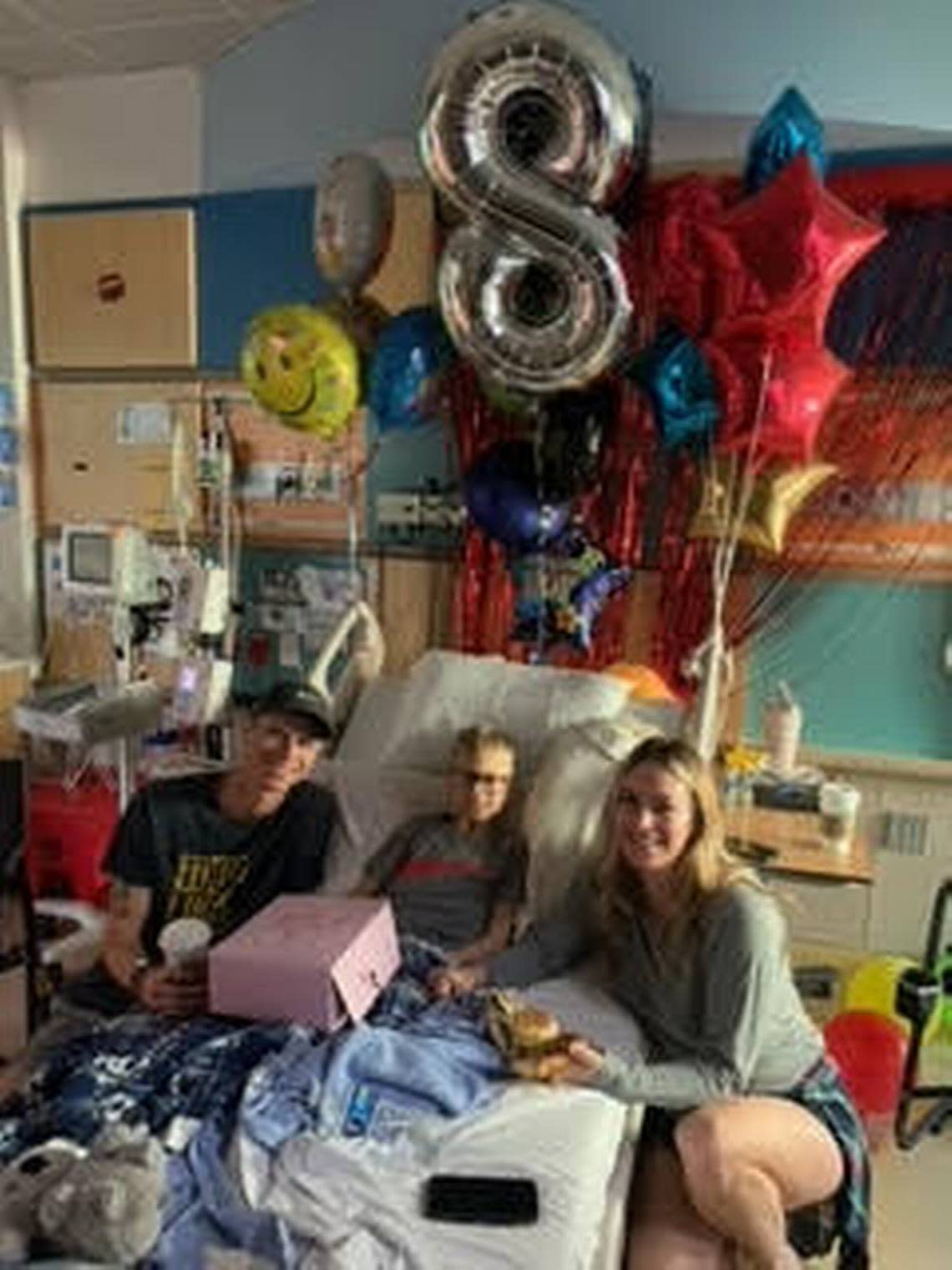Anonymous donor gives Valley Children’s $15 million to fund cancer treatment, hospital says
In the Spotlight is a Fresno Bee series that digs into the high-profile local issues that readers care most about. Story idea? Email tips@fresnobee.com.
A $15 million donation to Valley Children’s Hospital from an anonymous donor will be used to create child cancer treatment programs that could keep patients from having to travel elsewhere for care, the nonprofit hospital announced Thursday.
The gift is believed to be one of the largest single donations in the hospital’s 74-year history and comes at a time when Valley Children’s is being scrutinized for how much it has compensated its executives in recent years. The hospital says it shows the donor has not lost faith in Valley Children’s.
The donation will allow the hospital to provide children with autologous bone marrow transplants, which use a patient’s own bone marrow, and chimeric antigen receptor (CAR) T-cell therapy, a treatment studies have shown is effective to treat cancer. Previously, Valley Children’s has had to refer children who need these types of treatments to hospitals in Southern California and the Bay Area.
Dr. Faisal Razzaqi, a pediatric hematologist oncologist at Valley Children’s, said in an interview with The Fresno Bee that the hospital diagnoses about 150 children with cancer every year. At any given moment, 200 to 300 children are receiving some form of cancer treatment at Valley Children’s, he said.
La Abeja, a newsletter written for and by California Latinos
Sign up here to receive our weekly newsletter centered around Latino issues in California.
But each year, Razzaqi said, between 12-18 children have to be referred out to far away facilities for things like bone marrow transplants and CAR T-cell therapy, sometimes for months at a time. The creation of programs at Valley Children’s that provide these treatments will allow the hospital to immediately keep those families at their facility in Madera County just north of Fresno.
“The last thing they want to do is have to be referred elsewhere,” Razzaqi said.
The number of families these new treatment programs help could stretch to 30 per year in the future, when the hospital adds treatments like allogeneic bone marrow transplants, which provide patients bone marrow that is donated from other people, Razzaqi said.
The hospital expects to establish the treatment programs and have them accredited in three to four years, said a news release from Valley Children’s. The $15 million donation also provides funding for the program’s first decade of operation, the release said.

Keeping cancer patients at Valley Children’s
The treatment programs that the donation will help develop could make life better for children like Tristen Graham, 9, of Clovis, who was first diagnosed with leukemia in 2019. After two years of chemotherapy treatment at Valley Children’s, Tristen’s cancer went into remission but then returned just before his eighth birthday.
Because Valley Children’s does not yet provide the bone marrow transplants and T-cell treatment Tristen needed, he and his parents had to pack up what they could fit in their car and move for three months last year. Tristen received a bone marrow transplant from his father, Tyler, 32, at Stanford University’s Lucile Packard Children’s Hospital in Palo Alto.
The Grahams said in an interview with The Bee that they chose the Stanford hospital because of its close relationship with Valley Children’s, but the move during Tristen’s battle with cancer still resulted in his mother, Tiffanie, 33, having to take an unpaid leave from work.
“Being so familiar with the nurses that see him, the nurses that take care of him, and then having to move to another hospital and rebuild those relationships with new nurses and new doctors that we’ve never met before ... that was a tough aspect, I think, for all three of us,” Tyler said.
When Tristen was in in-patient treatment at Valley Children’s, before his family’s three-month displacement, family members and his friends from school were able to visit him at the hospital. Visits from loved ones became less frequent when Tristen was staying at Stanford’s hospital because of the distance.
“We are doing everything we can to keep kids close to home, close to their family, their emotional and financial support, and also to the team that they trust,” said Dr. Razzaqi, who is a part of Tristen’s treatment team.

Donation comes as Valley Children’s executives are scrutinized
The hospital’s announcement of the $15 million anonymous donation comes at a time when Valley Children’s is being criticized for how much it has compensated its CEO, Todd Suntrapak, and other executives in recent years.
Nonprofit federal tax filings show Valley Children’s compensated Suntrapak more than $5 million annually between 2020 and 2022. It also provided him a $5 million forgivable “loan for residence as a retention tool in lieu of other compensation.” The hospital has said Suntrapak’s compensation figure was “the result of a one-time accounting adjustment and, therefore, does not accurately represent a single year’s earnings for the hospital’s CEO.”
The nonprofit is the largest children’s hospital between Los Angeles and the Bay Area, and more than 70% of the patients it treats are beneficiaries of Medi-Cal, the state’s insurance program for low income people. The hospital is also known for its major fundraising campaigns in the Fresno area, which have also caught criticism from community members since news of Valley Children’s executive compensation broke in late March.
Dr. Razzaqi said that the gift shows the donor believes in what the hospital does.
“They believe in the care that we provide the kids and the importance of this institution to the Central Valley,” he said. “There’s no better sign of confidence than for someone to donate $15 million to an organization.”
